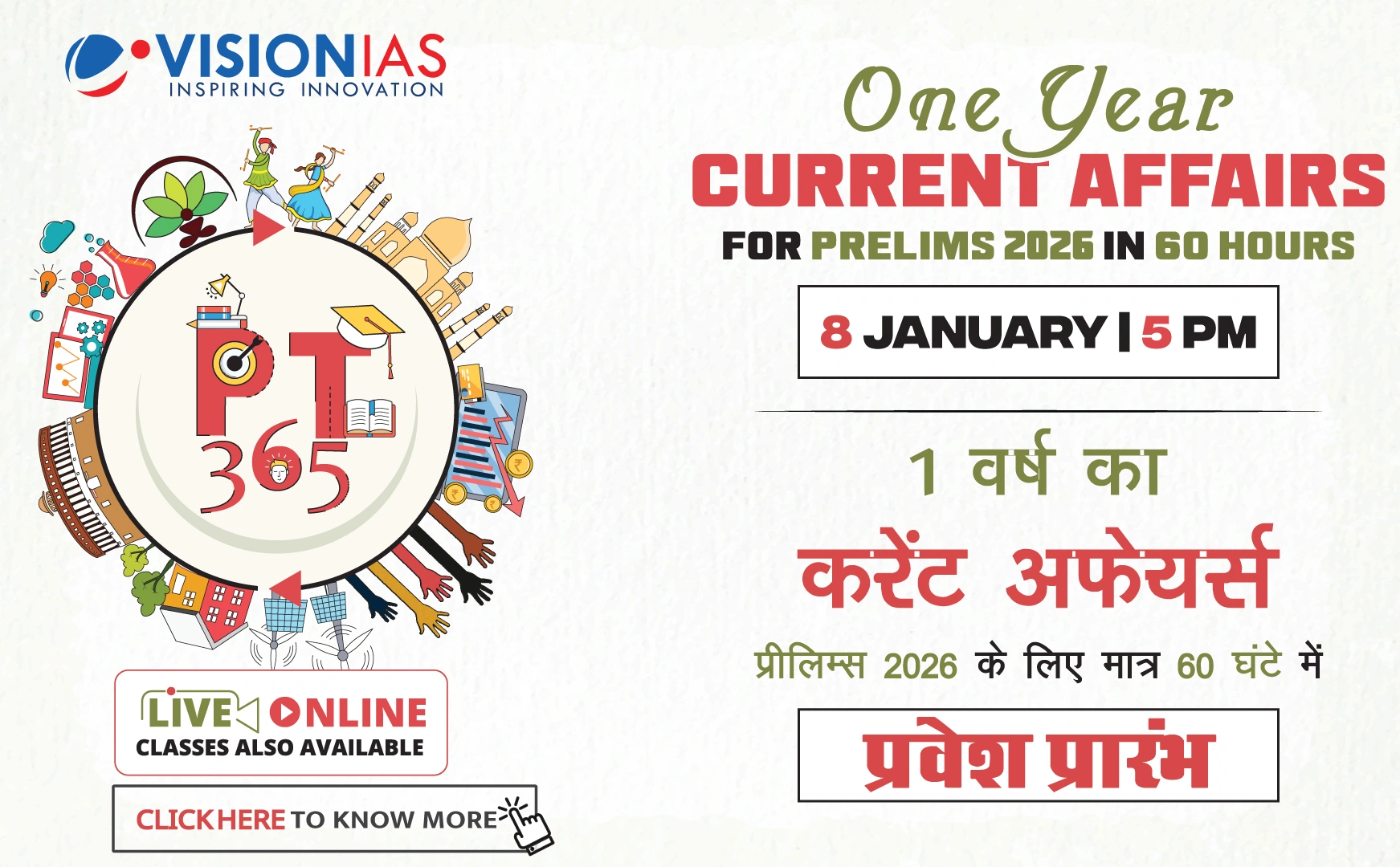Regulatory Challenges of Alcoholic Tinctures in Homeopathy
A recent judgment by the Supreme Court of India in the case of Bhagwati Medical Hall vs Central Drugs Standard Control Organization & Ors. has highlighted the challenges faced by State governments in regulating alcoholic tinctures marketed as homeopathic remedies.
Constitutional and Regulatory Framework
- Schedule VII of the Constitution:
- States have the authority to legislate on public health and alcohol taxation.
- Exception for alcohol meant for medicinal purposes, allowing Union to decide taxation rates under Entry 84 of List I.
- Taxation Prior to GST: Alcohol used in medicinal preparations was taxed at 4% as per the Medicinal and Toilet Preparations (Excise Duties) Act, 1955.
- Post-GST Taxation: Post the 101st Constitutional amendment, taxation rates are unclear, but the Union prescribes an 18% tax rate for medicinal alcohol.
- Concurrent List: Both Union and States can legislate on drugs, with the Drugs and Cosmetics Act, 1940 being the primary legislation.
Challenges in Regulation and Taxation
- Exemption from State Control: Homeopathic alcoholic tinctures are often immune from State taxation and quality regulation.
- Public Health Risks: These tinctures can act as substitutes for alcoholic beverages due to high alcohol content (12% by volume), posing health risks.
- Revenue Loss: States lose revenue as consumers buy these tinctures instead of higher-taxed alcoholic beverages.
Public Health Concerns
- Spurious alcohol in homeopathic remedies has led to deaths in States with alcohol prohibition laws like Gujarat and Bihar.
- High alcohol consumption from these tinctures can lead to serious health issues like alcoholic hepatitis.
Legal and Legislative Actions
- Union Government Actions: Introduced Rule 106B in 1994 to regulate tincture sale but faced legal challenges from the homeopathy industry.
- Rule 106B: Allows sale of 12% alcohol tinctures in 30 ml bottles, larger bottles only to hospitals.
- Industry Lawfare: Homeopathy industry challenged Rule 106B, leading to prolonged litigation resolved only in 2014.
- Further Legal Challenges: In 2015, industry filed multiple lawsuits claiming procedural lapses in Rule 106B's enactment.
Current Status and Recommendations
- As of 2017, 13 cases related to Rule 106B were transferred to the Supreme Court but remain unresolved.
- Public Health Priority: Highlighted the need for stricter regulations and reconsideration of alcohol use in homeopathic and ayurvedic products.
- There is a call to review the safety of alcohol in these products, especially against the backdrop of international trends like cancer warnings on alcoholic beverages.
The issue underscores the complexity of balancing regulatory frameworks, public health safety, and industry interests.



